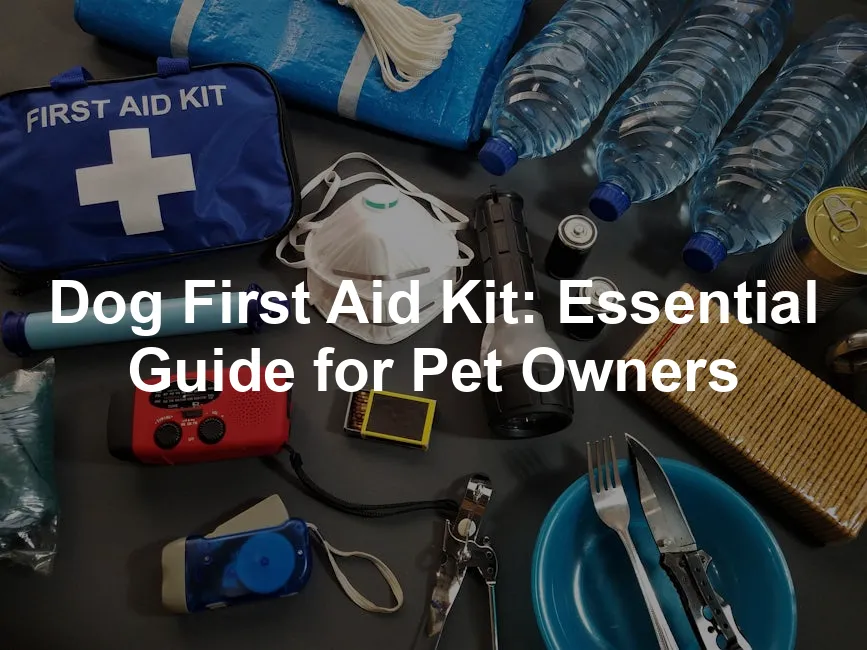Introduction
Having a first aid kit for your dog is vital. Emergencies can happen unexpectedly, and being prepared can save lives. A well-stocked kit offers peace of mind for pet owners, knowing you have what you need when it counts.
Summary and Overview
A dog first aid kit is a collection of supplies designed to address common injuries and emergencies that can happen to pets. Every dog owner should have one. Whether you’re hiking, camping, or facing a natural disaster, these kits are crucial. They help you manage unexpected injuries, from cuts to bites, providing immediate care before reaching a veterinarian.
This article aims to guide you on what to include in your dog’s first aid kit. We will discuss maintenance tips and basic first aid procedures. By the end, you’ll be equipped with the knowledge to ensure your furry friend stays safe and healthy in emergencies.
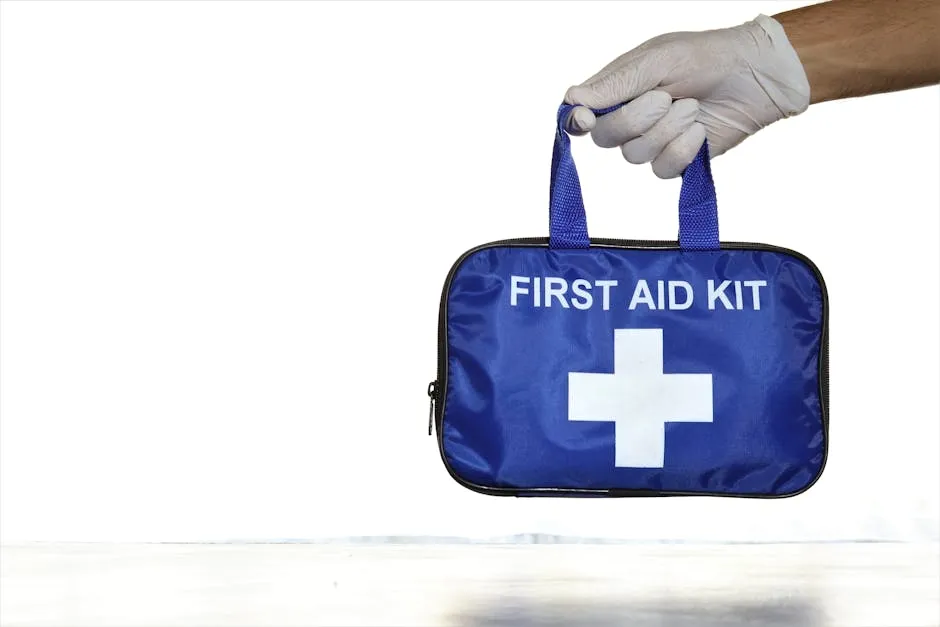
What is a Dog First Aid Kit?
A dog first aid kit is tailored specifically for your pet’s needs. Its purpose is to provide immediate care during emergencies. Unlike a human first aid kit, it includes items suited for canine health and safety.
Quick responses can make a difference in emergencies. Common situations include cuts, insect bites, and allergic reactions. Recognizing these types of emergencies helps you prepare better.
Pet emergency preparedness is essential for every dog owner. Assess your current emergency readiness and ensure you have the right supplies packed and accessible. This simple step can significantly impact your dog’s health and safety.
Essential Items for Your Dog First Aid Kit
Must-Have Supplies
Every dog owner should have a well-stocked first aid kit. Here are the essential supplies you shouldn’t miss:
- Absorbent Gauze Pads: These are essential for covering wounds. They help absorb blood and prevent infection. Choose various sizes for different injuries. Don’t forget to grab some Absorbent Gauze Pads to keep on hand for those unexpected scrapes!
- Adhesive Tape: You’ll need this to secure gauze pads. Make sure it’s safe for your dog’s skin and easy to remove without pain.
- Disposable Gloves: Protect yourself while treating your dog. Gloves help maintain hygiene and prevent contamination. Choose non-latex options to avoid allergies.
- Scissors and Tweezers: Scissors are handy for cutting gauze or tape. Tweezers help remove splinters or ticks. Ensure both are of good quality for effective use.
- OTC Antibiotic Ointment: This helps prevent infection in minor cuts. It’s a must for immediate care. Always consult your vet before using any medication.
Keeping these dog medical supplies handy can make a huge difference in emergencies. Having canine first aid essentials readily available allows you to act quickly when needed. And while you’re at it, consider adding a Dog First Aid Kit for convenience!
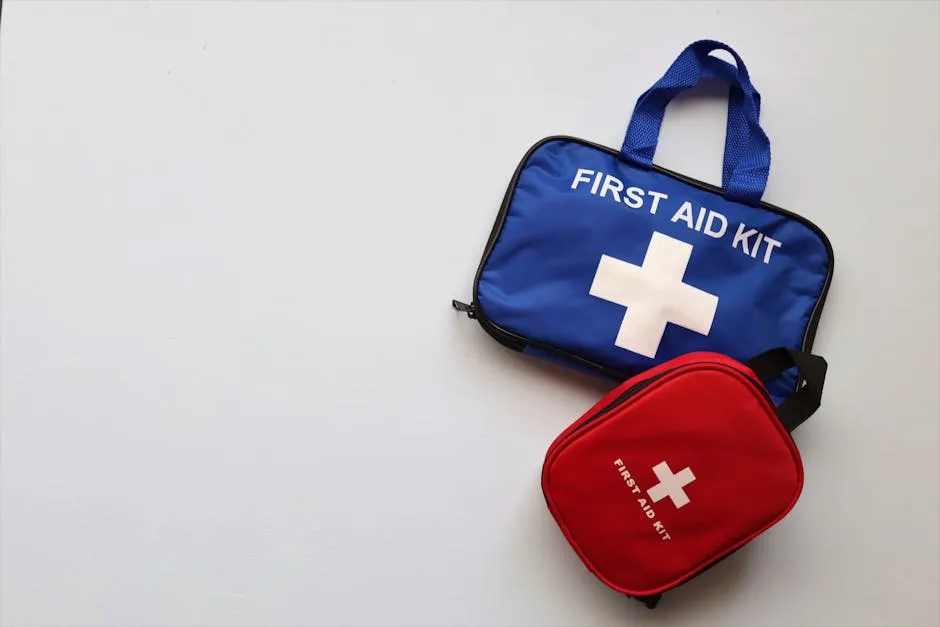
Optional Items to Consider
While the must-have supplies are crucial, certain advanced pet care items can be beneficial. Consider adding these to your kit:
- Ice Packs: Great for reducing swelling after an injury. They can also soothe sprains. Keep them in your freezer for quick access. You can find some Ice Packs that are perfect for this purpose!
- Saline Eye Solution: This helps flush out dirt or foreign objects from your dog’s eyes. It’s essential for eye-related emergencies.
- Artificial Tear Gel: If your dog suffers from dry eyes, this gel can provide relief. It’s helpful to have on hand for eye care. Grab some Artificial Tear Gel for those dry eye days!
These specialized dog supplies can enhance your first aid kit. They provide additional support during specific situations, ensuring your furry friend gets the best care possible.

How to Assemble Your Dog First Aid Kit
Creating a dog first aid kit is straightforward. Here’s how to put yours together:
- Choose the Right Container: Start with a sturdy, waterproof container. A small plastic bin or a backpack works well. Ensure it’s easy to carry.
- Organize Items for Easy Access: Group similar items together. Use small bags or dividers for better organization. This makes finding supplies quick during an emergency.
- Keep the Kit Updated: Regularly check your kit. Replace expired items and ensure everything is in working order. An updated kit is crucial for effective pet emergency planning.
By following these steps, you can create a DIY pet first aid kit that’s ready for any situation. Keeping your dog safe is a priority, and being prepared is key! And don’t forget a Dog First Aid Manual for reference!
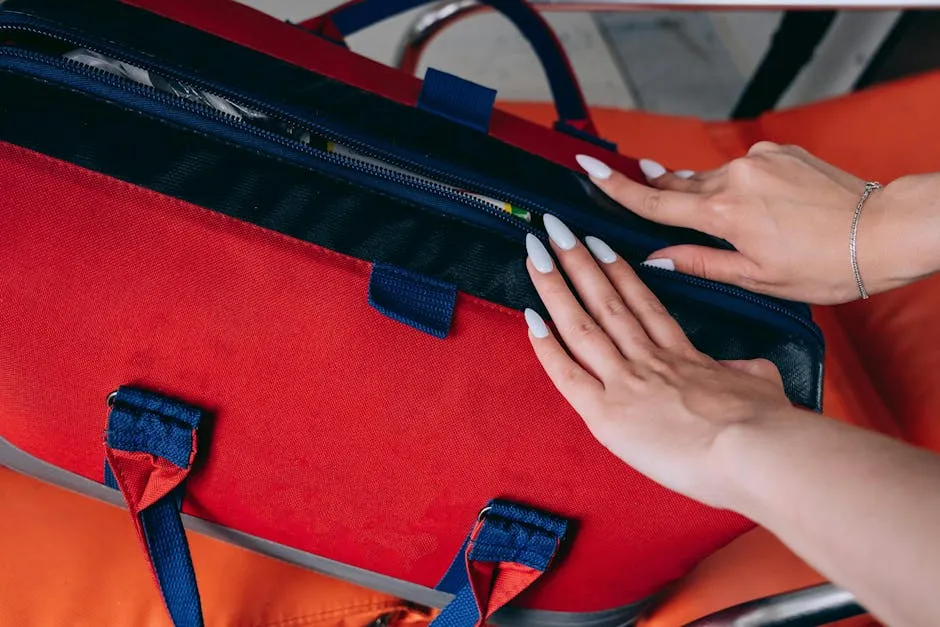
Maintenance and Checking Your Kit
Keeping your dog’s first aid kit in top shape is crucial. Regular maintenance ensures that you’re always ready for emergencies. Start by checking expiration dates on all items. Many supplies may lose effectiveness over time. Replace any expired items immediately to keep your kit functional.
Next, pay attention to the items you’ve used. If you’ve treated a cut or scrape, be sure to restock those supplies. Having everything ready to go is vital when every second counts. Consider jotting down a Pet Health Records Book to keep track of your dog’s health and first aid needs!
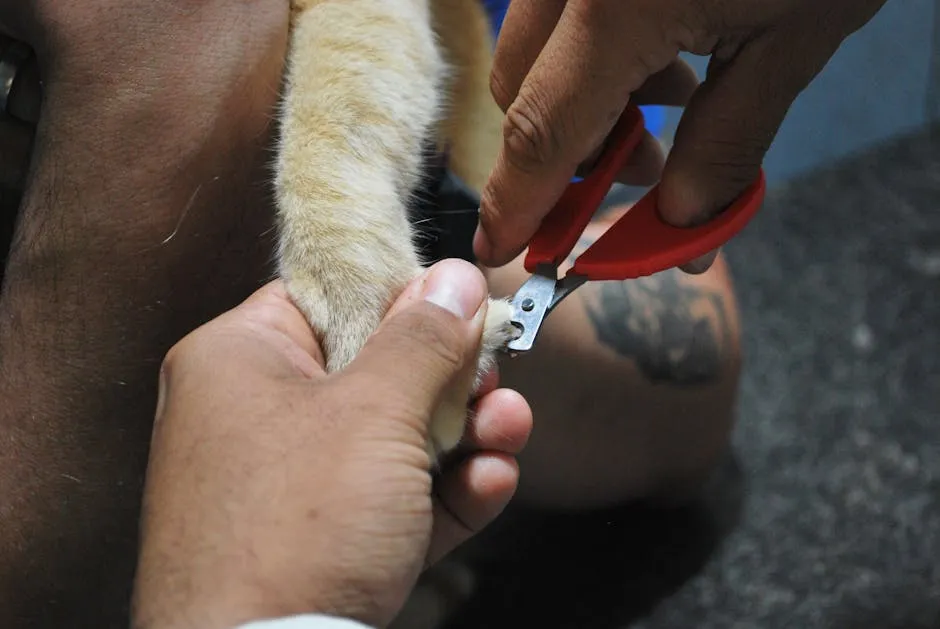
Don’t forget to keep contact information current. Include your veterinarian’s phone number, clinic name, and address. It’s also wise to add the numbers for local emergency vet clinics. This way, you can act quickly if your dog needs professional care. Regularly updating your kit is a key part of pet health maintenance and first aid kit upkeep.
Basic First Aid Procedures for Dogs
Common Injuries and How to Handle Them
Your furry friend can face various injuries. Knowing how to respond can make a big difference. Here are some common injuries and steps for first aid:
- Cuts and Scrapes: Clean the wound gently with warm water. Apply an antibiotic ointment and cover it with a gauze pad. Monitor for signs of infection, like swelling or redness.
- Burns: For minor burns, run cool water over the area for 10-15 minutes. Do not apply ice, as it can worsen the injury. Cover with a clean, dry cloth and seek veterinary care for severe burns.
- Insect Bites: Remove the stinger if present. Apply a cold pack to reduce swelling. Watch for allergic reactions, such as excessive itching or swelling. If symptoms worsen, consult your vet.
- Dog Bites: Control any bleeding with gauze. If the bite is severe, don’t apply pressure; instead, seek immediate veterinary assistance.
- Sprains or Strains: Rest the injured limb. Apply a cold pack for 15-20 minutes to reduce swelling. Keep the dog calm and restrict movement until you can see a vet.
Understanding these dog injury treatments will help you act quickly and confidently in emergencies. And to ensure your dog is always ready for their next adventure, consider investing in a Dog Life Jacket!
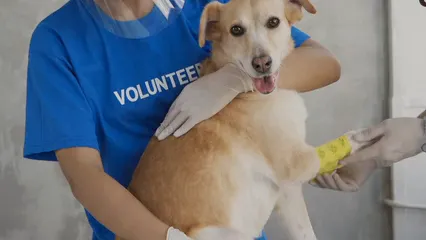
When to Seek Veterinary Help
Knowing when to take your dog to the vet is equally important. Some signs indicate the need for immediate professional care:
- Severe Bleeding: If bleeding doesn’t stop after applying pressure for 5 minutes, seek help.
- Difficulty Breathing: If your dog struggles to breathe, this is an emergency.
- Unconsciousness: If your dog collapses and doesn’t respond, get veterinary assistance right away.
- Severe Pain: If your dog is showing signs of extreme discomfort, such as whining or hiding, consult your vet.
- Changes in Behavior: Sudden lethargy or aggression can signal serious issues requiring prompt attention.
Being aware of these veterinary emergency signs can save your dog’s life. Always trust your instincts; if something seems off, don’t hesitate to seek urgent pet care.
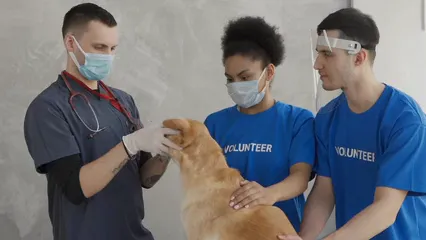
Additional Resources for Dog First Aid
For those looking to expand their knowledge on dog first aid, numerous resources are available. Websites like the ASPCA provide invaluable information on creating and maintaining a pet first aid kit. They also offer helpful articles on treating common injuries.
Books such as The Dog Owner’s Home Veterinary Handbook are great references. This comprehensive guide covers a wide range of topics, including first aid procedures, common health issues, and preventive care. It’s a must-have for any dog owner.
Mobile apps can also be a game-changer. Look for pet health apps that offer first aid tips, emergency contact information, and reminders for vet visits. These tools make it easy to access crucial information on the go. And if you’re looking for a handy Dog First Aid App, check those out too!
Consider enrolling in pet first aid training courses. Organizations like PetTech or the Red Cross offer courses where you can learn hands-on techniques. This training can boost your confidence and ensure you’re prepared for any situation.

By utilizing these dog health resources, you can stay informed and ready to act in emergencies. Learn more about creating a comprehensive dog first aid kit.
For more detailed information, consider checking out resources like the ASPCA for tips on dog first aid kits and emergency care. dog first aid kit
Conclusion
Having a dog first aid kit is essential for every pet owner. It ensures you’re ready for unexpected situations that may arise. Assembling your kit and staying updated on pet health can make a significant difference.
Preparation is key to your dog’s safety. So, take action today! Gather your supplies and familiarize yourself with first aid procedures. Your furry friend will thank you for it! And while you’re at it, consider a Dog Cooling Mat for those hot days!

FAQs
What should I include in my dog first aid kit?
Your dog first aid kit should have essential supplies tailored to your pet’s specific needs. Key items include absorbent gauze pads for wounds, adhesive tape for securing dressings, and disposable gloves for hygiene. Don’t forget scissors and tweezers for easy handling of items like ticks or splinters. An over-the-counter antibiotic ointment can help prevent infections. Additionally, consider your dog’s health conditions. If your dog has allergies, include antihistamines. Customize your kit based on your dog’s size, breed, and activity level. This ensures you are prepared for any situation.
How often should I check my dog first aid kit?
It’s crucial to check your dog first aid kit at least every three months. Regular checks help ensure that all supplies are intact and not expired. Replace any used or outdated items immediately. If you’ve treated an injury, restock those supplies right away. Keeping your kit updated is essential for effective emergency response. This practice also allows you to add any new items that might be beneficial as your dog ages or if their health needs change.
Can I use human first aid supplies on my dog?
While some human first aid supplies can be used, caution is necessary. Many human items are not suitable for pets due to differences in body chemistry. For example, some pain relievers can be toxic to dogs. Always consult your veterinarian before using human products on your dog. If using items like gauze, tape, or antiseptics, ensure they are safe and appropriate for canine use. When in doubt, stick to supplies specifically designed for pets to avoid any risks.
What are the signs my dog needs urgent care?
Recognizing signs that your dog needs urgent care is vital. If your dog shows severe bleeding that doesn’t stop after five minutes, seek immediate help. Difficulty breathing is another clear emergency signal. Additionally, if your dog loses consciousness or is unresponsive, act fast. Other signs include severe pain, such as whining or limping, and sudden behavior changes, like aggression or extreme lethargy. If you notice any of these symptoms, don’t hesitate to contact your veterinarian right away.
How can I learn more about pet first aid?
Expanding your knowledge of pet first aid is a great idea. Look for online resources, such as the ASPCA’s website, which offers valuable information on pet safety and first aid. Consider reading books like “The Dog Owner’s Home Veterinary Handbook” for comprehensive advice. Mobile apps can also provide tips and emergency contact information. Additionally, enrolling in a pet first aid training course can boost your confidence. Organizations like the Red Cross offer hands-on training that equips you with vital skills for pet emergencies.
Please let us know what you think about our content by leaving a comment down below!
Thank you for reading till here 🙂
All images from Pexels

